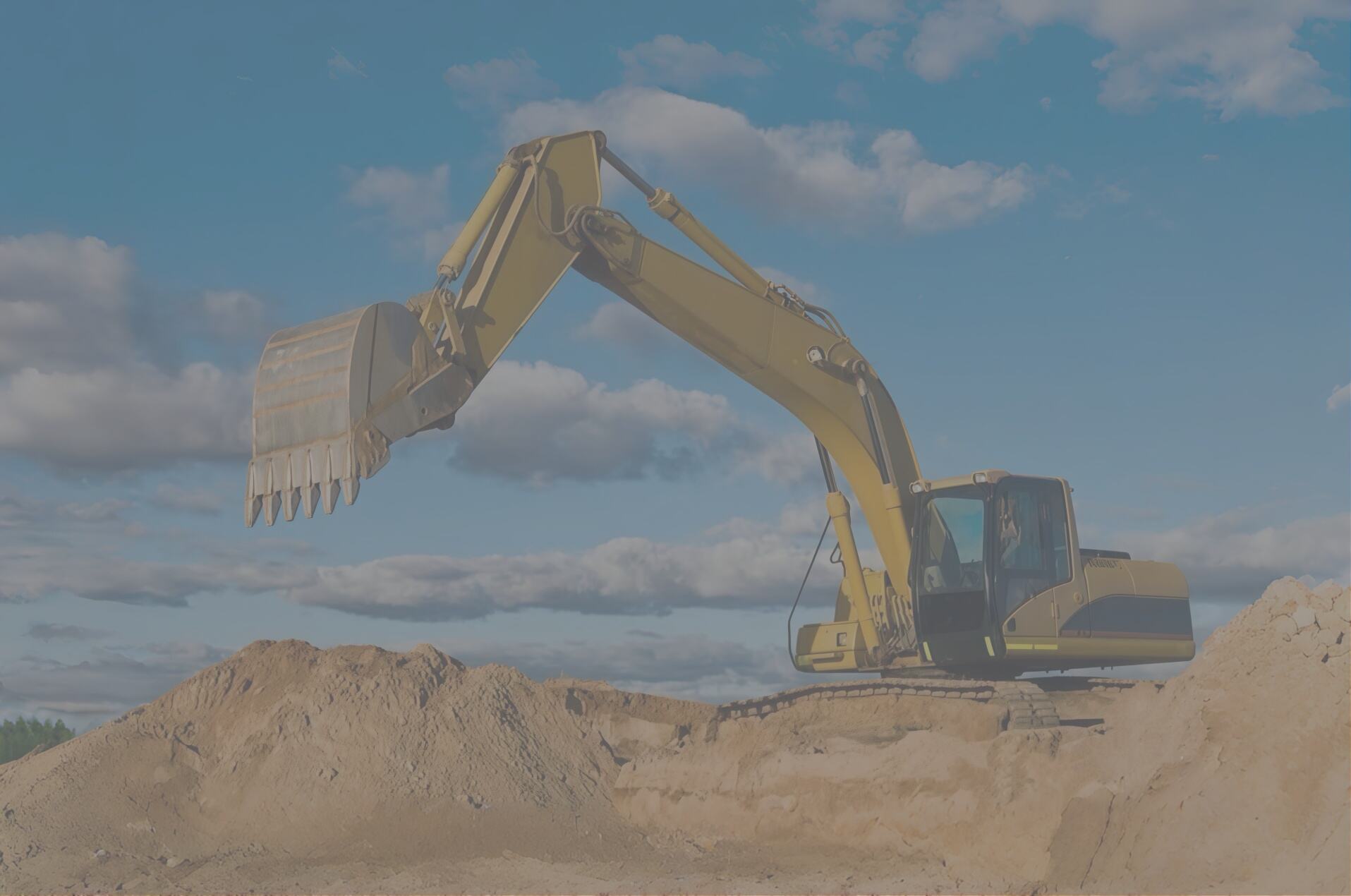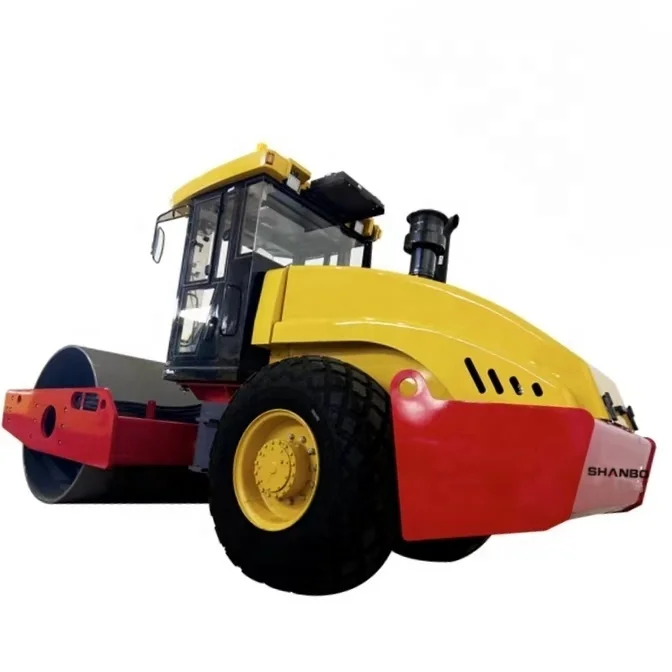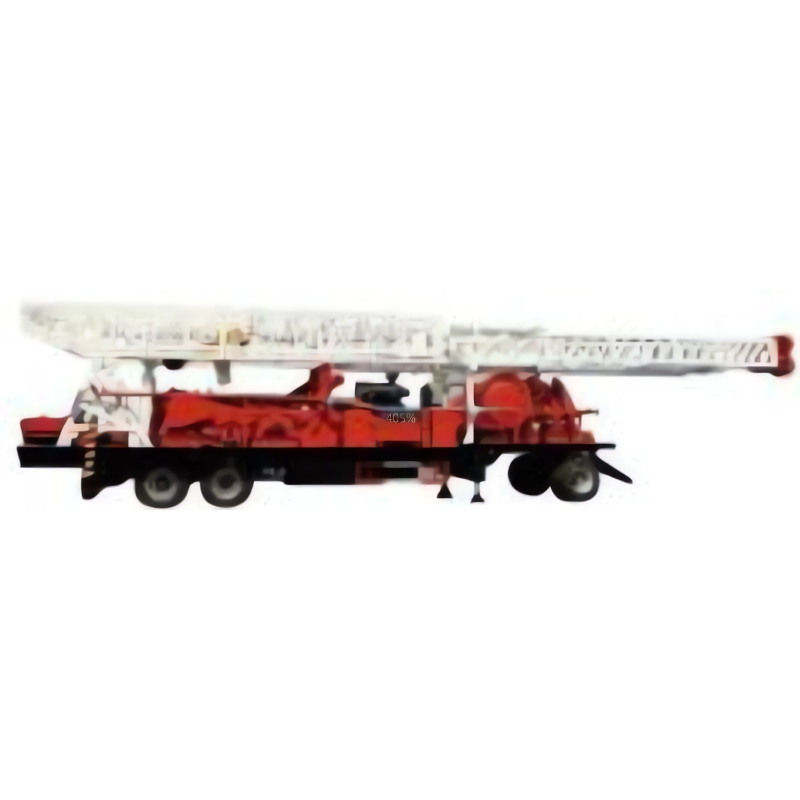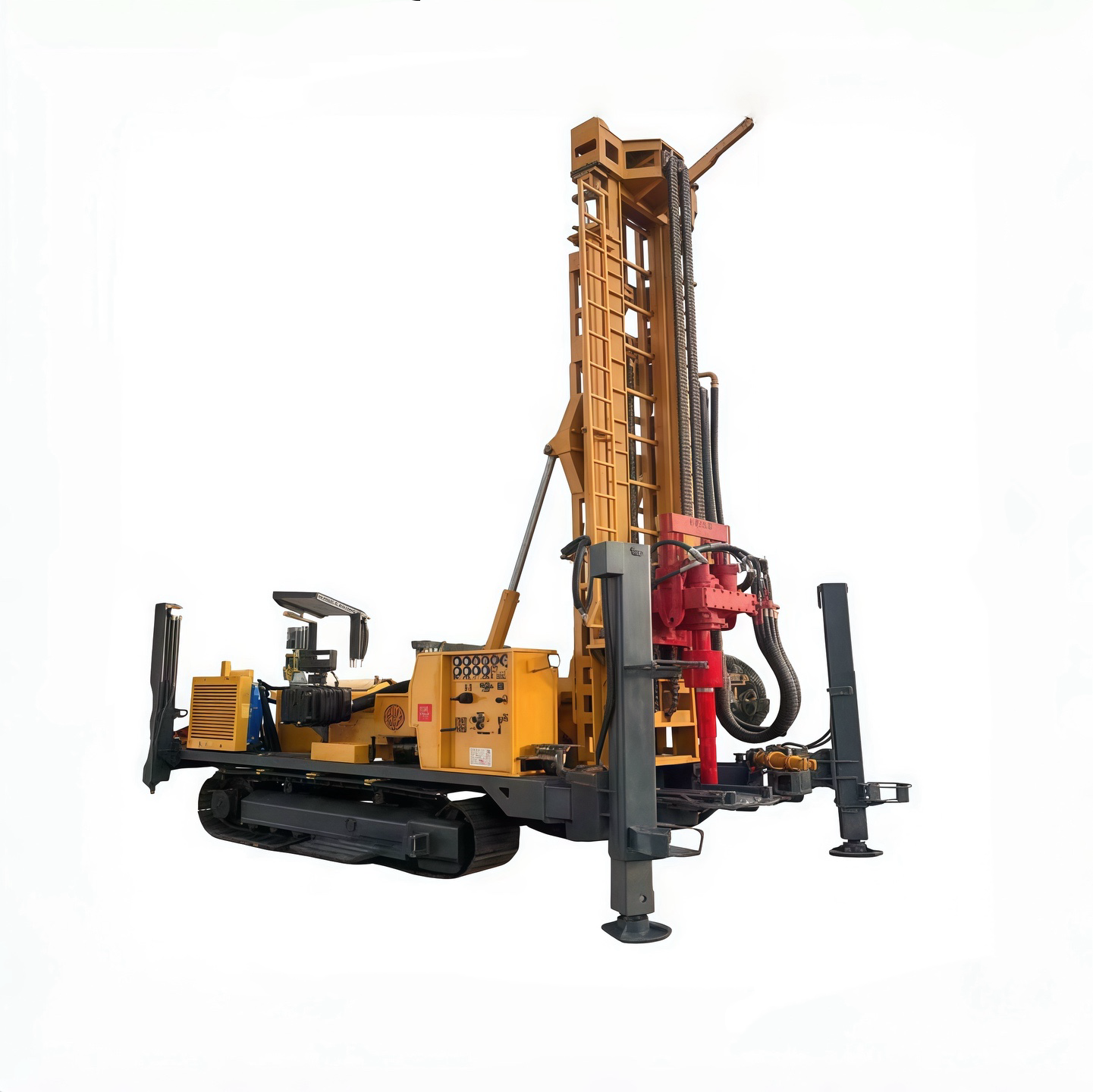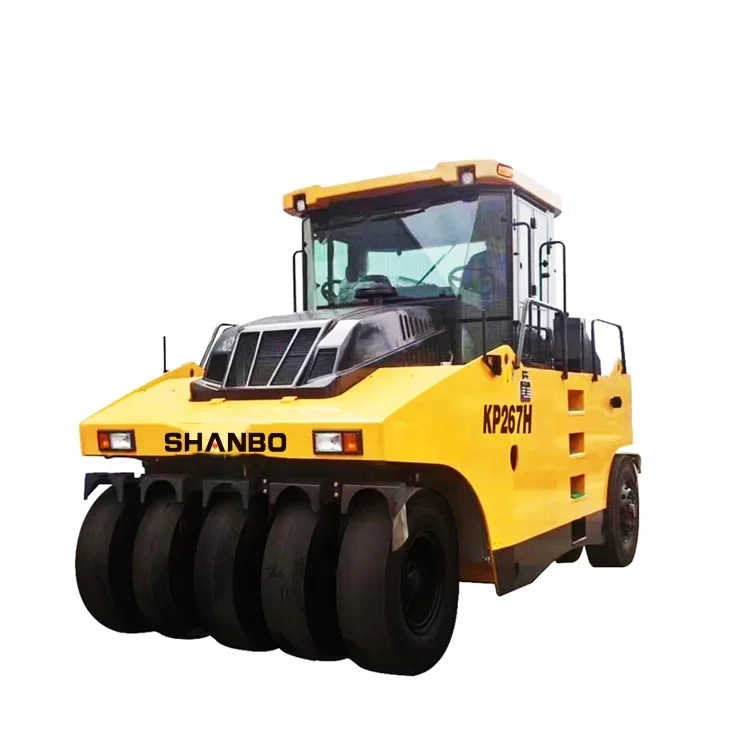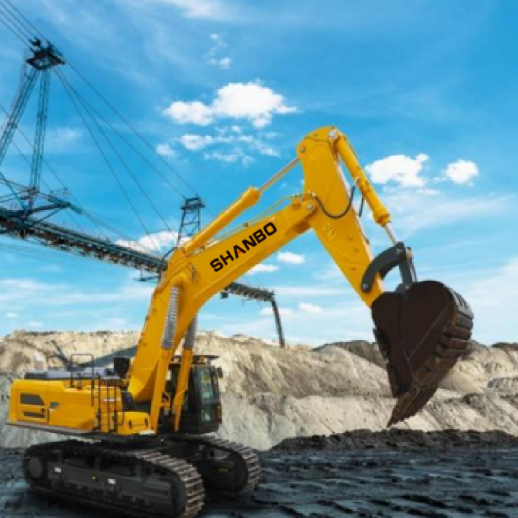Excavator vs Bulldozer: How to Decide Based on Terrain Type
When embarking on a construction or landscaping project, choosing the right construction machinery can make or break your efficiency, budget, and timeline. Two of the most commonly used machines in construction are excavators and bulldozers. Each has unique strengths, but their effectiveness heavily depends on the terrain you're working with.
This article explores the key differences between excavators and bulldozers, their ideal applications, and how terrain type influences your decision. By the end, you'll have a clear understanding of which machine suits your project based on the ground you're breaking.
Understanding Excavators and Bulldozers
What is an Excavator?
An excavator is a versatile piece of heavy machinery primarily designed for digging. It features a long arm with a bucket attachment, mounted on a rotating cab that sits on tracks or wheels.
Excavators are known for their precision and ability to work in confined spaces. They come in various sizes, from mini-excavators for small-scale projects to large hydraulic models for major construction.
Key features of excavators include:
- Rotating Cab: Allows 360-degree movement, enabling precise digging without repositioning the machine.
- Attachments: Buckets, augers, hydraulic breakers, and grapples make excavators adaptable to multiple tasks.
- Mobility: Tracks provide stability on uneven terrain, while wheeled models are better for flat, stable surfaces.
What is a Bulldozer?
A bulldozer is a powerful machine designed for pushing and leveling large quantities of earth, debris, or other materials. It features a wide, flat blade at the front, mounted on a tracked chassis for superior traction. Bulldozers are built for brute force, making them ideal for clearing land, grading, or moving heavy loads over short distances.
Key features of bulldozers include:
- Blade: Used for pushing, grading, or leveling surfaces.
- Tracks: Provide excellent grip and stability, especially on soft or uneven ground.
- Power: High horsepower engines allow bulldozers to handle heavy materials efficiently.
While both machines are essential in construction, their applications differ significantly based on the terrain and project requirements.
Terrain Types and Their Challenges
Terrain varies widely across construction sites, and understanding its characteristics is crucial for selecting the right equipment. Here are the primary terrain types and their challenges:
Soft or Muddy Terrain:
- Characteristics: Wet, loose, or clay-heavy soil; low load-bearing capacity.
- Challenges: Machines can sink or lose traction, leading to delays or safety hazards.
- Examples: Wetlands, floodplains, or recently cleared land.
Rocky or Hard Terrain:
- Characteristics: Hard-packed soil, rocky outcrops, or gravel-heavy surfaces.
- Challenges: Difficult to penetrate or move without specialized attachments; high wear on equipment.
- Examples: Quarries, mountainous regions, or dry, rocky landscapes.
Uneven or Sloped Terrain:
- Characteristics: Hilly, sloped, or rugged surfaces with varying elevations.
- Challenges: Stability is a concern; machines must navigate inclines without tipping.
- Examples: Hillsides, construction sites with natural slopes, or terraced land.
Flat, Stable Terrain:
- Characteristics: Firm, level ground with good load-bearing capacity.
- Challenges: Minimal, but precision may be required for grading or digging.
- Examples: Urban construction sites, cleared farmland, or prepared lots.
Each terrain type demands specific machine capabilities, and understanding these demands is key to choosing between an excavator and a bulldozer.
Excavators: Best Applications by Terrain
Excavators shine in tasks requiring precision, depth, or versatility. Here’s how they perform across different terrains:
Soft or Muddy Terrain
Excavators, particularly those with tracks, are well-suited for soft or muddy terrain. Their low ground pressure distributes weight evenly, reducing the risk of sinking. Mini-excavators are especially effective in these conditions due to their lighter weight.
Best Uses:
- Digging trenches for drainage systems in wetlands.
- Creating foundations in soft soil with minimal disruption.
- Using specialized attachments like hydraulic thumbs for handling debris in muddy conditions.
Advantages:
- Tracks provide excellent traction.
- The rotating cab allows operators to work without repositioning, minimizing ground disturbance.
Limitations:
- Large excavators may struggle in extremely wet conditions unless equipped with wide tracks.
- Not ideal for pushing large volumes of material.
Rocky or Hard Terrain
Excavators excel in rocky terrain when equipped with hydraulic breakers or heavy-duty buckets. Their precision allows operators to target specific areas, such as breaking up rock or digging around obstacles.
Best Uses:
- Excavating foundations in rocky soil.
- Breaking up concrete or bedrock with hydraulic attachments.
- Digging precise trenches in gravel-heavy areas.
Advantages:
- Attachments like breakers make excavators versatile for hard surfaces.
- Precise control reduces unnecessary damage to surrounding areas.
Limitations:
- Slower than bulldozers for moving large volumes of loose rock.
- High wear on buckets and attachments in abrasive conditions.
Uneven or Sloped Terrain
Excavators are a go-to choice for sloped or uneven terrain due to their stability and ability to work at angles. The rotating cab allows operators to dig or maneuver without repositioning the machine, which is critical on slopes.
Best Uses:
- Terracing hillsides for landscaping or construction.
- Digging retaining wall foundations on slopes.
- Clearing debris in rugged terrain.
Advantages:
- Tracks provide stability on inclines.
- Long arms allow digging at a distance, reducing the need to move the machine.
Limitations:
- Not ideal for grading or leveling large areas.
- Operators must be cautious to avoid tipping on steep slopes.
Flat, Stable Terrain
On flat terrain, excavators are ideal for tasks requiring precision, such as digging foundations, trenches, or pools. Wheeled excavators may be used for faster mobility on prepared surfaces.
Best Uses:
- Digging utility trenches in urban settings.
- Creating precise foundations for buildings.
- Landscaping tasks like pond or pool excavation.
Advantages:
- High precision for detailed work.
- Versatile attachments for multiple tasks.
Limitations:
- Less efficient than bulldozers for grading or pushing material.
Bulldozers: Best Applications by Terrain
Bulldozers are built for power and efficiency in moving earth and leveling surfaces. Here’s how they perform across different terrains:
Soft or Muddy Terrain
Bulldozers with wide tracks are designed for soft or muddy terrain, offering excellent traction and low ground pressure. They are ideal for clearing and leveling large areas in challenging conditions.
Best Uses:
- Clearing vegetation and debris in wetlands.
- Leveling soft ground for road construction.
- Pushing large volumes of mud or loose soil.
Advantages:
- Wide tracks prevent sinking in soft soil.
- High horsepower enables efficient material movement.
Limitations:
- Not suited for precise digging tasks.
- May struggle in extremely wet conditions without specialized tracks.
Rocky or Hard Terrain
Bulldozers are effective in rocky terrain for moving loose material or grading surfaces, but they are less versatile than excavators for digging or breaking hard surfaces.
Best Uses:
- Pushing loose rock or gravel to clear sites.
- Grading roads or surfaces in rocky areas.
- Stripping topsoil over hard ground.
Advantages:
- Powerful engines handle heavy loads of loose material.
- Durable blades withstand abrasive conditions.
Limitations:
- Limited precision compared to excavators.
- Not ideal for breaking up solid rock without ripper attachments.
Uneven or Sloped Terrain
Bulldozers can handle uneven terrain, but their effectiveness depends on the slope’s steepness. They are best for grading or clearing rather than digging on slopes.
Best Uses:
- Grading roads or paths on gentle slopes.
- Clearing debris or vegetation on uneven ground.
- Creating level platforms on hilly terrain.
Advantages:
- Tracks provide stability on moderate slopes.
- Large blades allow quick leveling of uneven surfaces.
Limitations:
- Risk of tipping on steep inclines.
- Less effective for precise digging tasks.
Flat, Stable Terrain
Bulldozers are highly efficient on flat terrain for tasks like grading, leveling, or pushing large volumes of material. They are a staple in large-scale construction projects.
Best Uses:
- Grading large areas for building pads or roads.
- Pushing debris or soil in urban construction sites.
- Creating smooth surfaces for paving.
Advantages:
- Fast and efficient for large-scale leveling.
- High power for moving heavy materials.
Limitations:
- Less precise than excavators for digging or detailed work.
Key Factors to Consider When Choosing
When deciding between an excavator and a bulldozer, consider the following factors in the context of your terrain and project:
Project Goals:
- If your project involves digging trenches, foundations, or precise excavations, an excavator is the better choice.
- If you need to clear, level, or grade large areas, a bulldozer is more efficient.
Terrain Conditions:
- Soft or muddy terrain favors tracked excavators or bulldozers with wide tracks.
- Rocky terrain benefits from excavators with specialized attachments for breaking and digging.
- Uneven terrain suits excavators for precision work, while bulldozers excel at grading gentle slopes.
- Flat terrain supports both machines, with excavators for digging and bulldozers for grading.
Machine Size and Access:
- Tight or confined spaces call for compact excavators, while bulldozers require more room to maneuver.
- Consider the weight and transport logistics for your site.
Attachments and Versatility:
- Excavators offer a wide range of attachments, making them adaptable to multiple tasks.
- Bulldozers are less versatile but can be equipped with rippers or winches for specific applications.
Budget and Availability:
- Evaluate rental or purchase costs, as well as operator training requirements.
- Ensure the machine is available for your project timeline.
Combining Excavators and Bulldozers
In many projects, excavators and bulldozers complement each other. For example:
- A bulldozer can clear and level a site, while an excavator follows to dig precise foundations or trenches.
- In soft terrains, a bulldozer can push excess material, and an excavator can refine drainage systems.
- On rocky sites, an excavator can break up hard surfaces, and a bulldozer can move the resulting debris.
By understanding your terrain and project needs, you can decide whether one machine suffices or if a combination is necessary for optimal efficiency.
Safety and Maintenance Considerations
Both machines require careful operation and maintenance to ensure safety and longevity:
- Operator Training: Ensure operators are certified and familiar with the machine’s controls and terrain challenges.
- Maintenance: Regularly check tracks, blades, and hydraulic systems to prevent breakdowns, especially in abrasive or muddy conditions.
- Safety Protocols: Use spotters, maintain clear communication, and follow site-specific safety guidelines to avoid accidents.
Conclusion
Choosing between an excavator and a bulldozer boils down to your project’s requirements and the terrain you’re working on. Excavators are the go-to for precise digging and versatility across soft, rocky, or uneven terrains. Bulldozers excel at pushing, grading, and leveling, particularly on flat or soft ground.
By assessing your terrain type, project goals, and machine capabilities, you can make an informed decision that maximizes efficiency and minimizes costs. For complex projects, combining both machines may be the key to success.
Shanbo offers a robust line of excavators and bulldozers engineered for performance, durability, and ease of operation. Whether you're working on a construction site, roadwork, or land development, Shanbo’s machines deliver reliable performance and long-term value to keep your projects moving forward.
Recommended Products
 Hot News
Hot News
-
“Water Savior” 200 m Reverse Circulation Water Well Drills Arrive in Uzbekistan
2025-03-28
-
What Is a Bulldozer? Everything You Need to Know
2025-02-18
-
Skid Steer vs Bulldozer: Cost, Efficiency, and Versatility Compared
2025-11-13
-
Inside the Bulldozer Factory: How Modern Dozers Are Built from the Ground Up
2025-11-12
-
How to Operate a Spider Excavator Safely and Efficiently
2025-11-11
-
What Is an Excavator? A Beginner’s Guide to This Essential Construction Machine
2025-11-10
